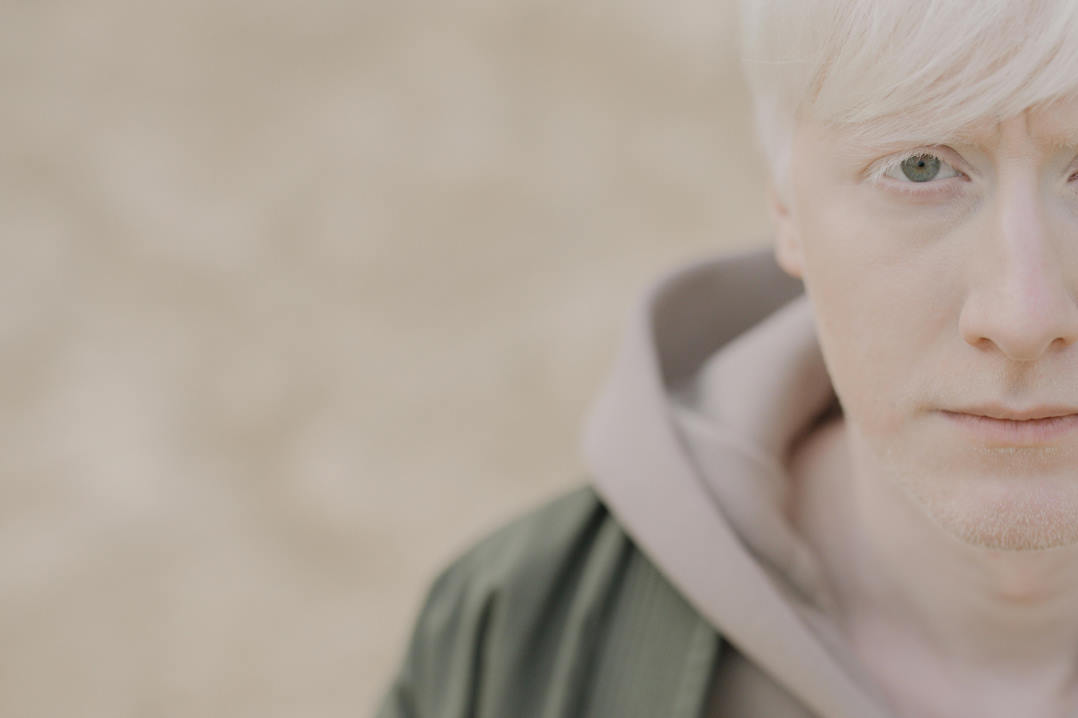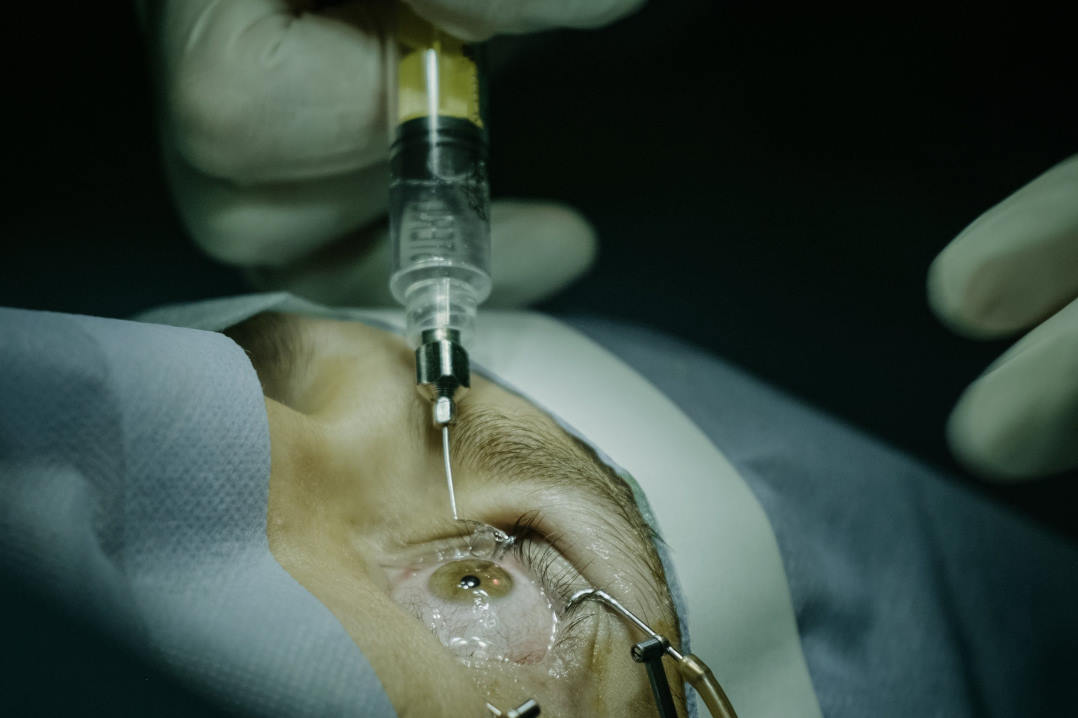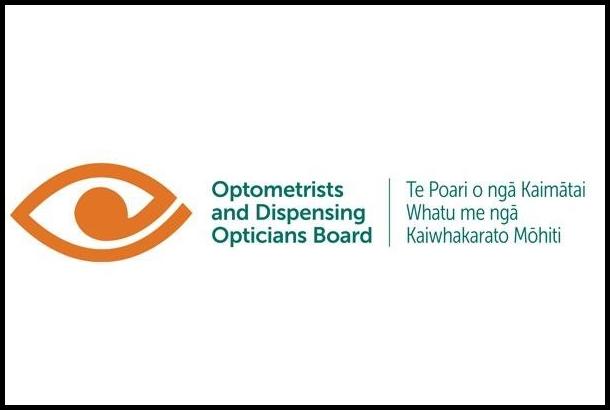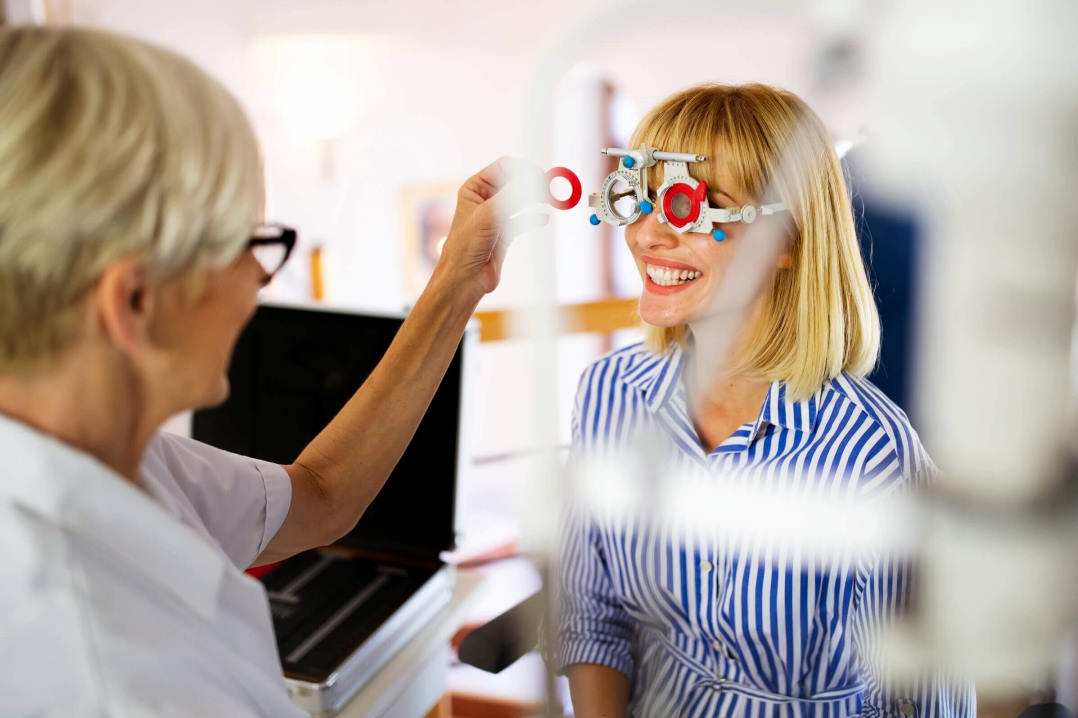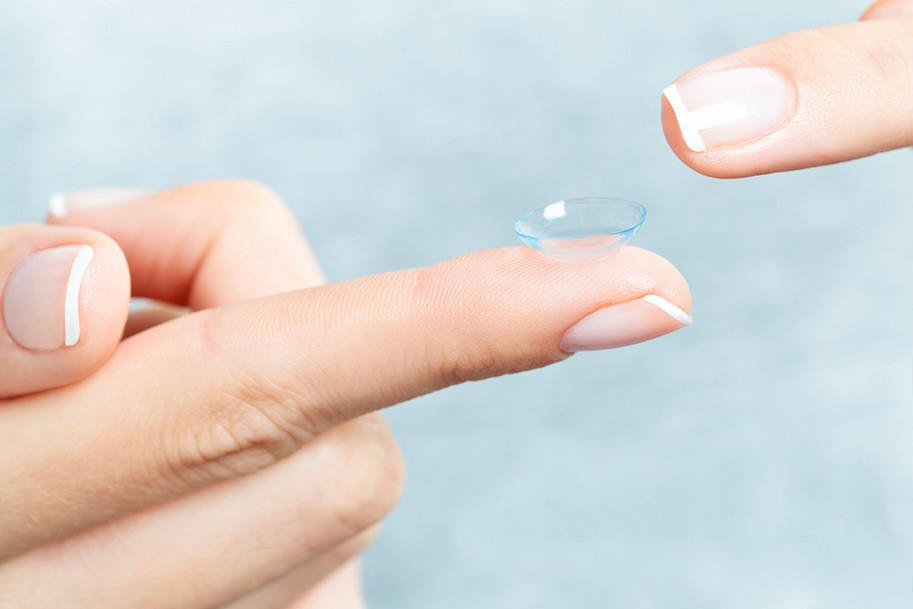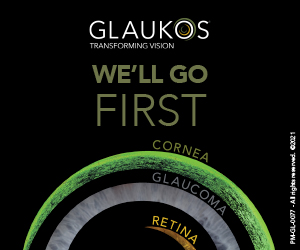Blepharoplasty for headaches, dry eye?
A Swedish study has shown that dermatochalasis surgery (blepharoplasty) of the upper eyelid improved headache-related quality of life and may not be as worrisome for dry eye as previously thought.
As well as causing a narrowed field of vision and skin irritations, loose or excess skin on the upper eyelids is thought to cause tension headaches due to muscle strain in the forehead and neck as people try to see more clearly. In contrast, dry eye disease is multifactorial, but often associated with similar dermatochalasis-patient demographics and can be caused or exacerbated by blepharoplasty, said researchers. “The purpose of this study was to evaluate the patient’s headache-related quality of life and dry eyes in the same cohort… since previous studies have been carried out in different groups of patients.”
The prospective clinical trial included 29 patients (58 eyes) who underwent dermatochalasis of the upper eyelid at Sahlgrenska University Hospital, Gothenburg. Patients were interviewed using the Headache Impact Test (HIT-6 1.1) and Dry Eye Questionnaire (DEQ-5) to assess headache impact and dry eyes. Pre- and postoperative examinations included visual acuity, visual field, Schirmer’s test, tear break-up time (TBUT), fluorescein staining and margin reflex distance (MRD) measurements. Results showed MRD improved significantly (p<0.001). Visual acuity (logMAR) improved significantly in both the right eye (p=0.003) and the left eye (p=0.017) and HIT-6 and DEQ-5 scores showed significant improvements (p<0.001); however, no statistically significant changes were observed in TBUT or fluorescein staining.
“Dermatochalasis surgery of the upper eyelid improved headache-related quality of life; however, the effect on dryness of eyes was more complex,” reported the study team. “DEQ-5 improved, but that result could not be confirmed in more objective examinations. No deterioration of dryness of the eyes could be found despite a larger palpebral fissure.”
Thus, the results partly contradict the assumption that dryness is likely to increase post- blepharoplasty, they said. “The fact that fluorescein staining showed deterioration in some patients indicates that certain individuals may experience adverse effects on the ocular surface postoperatively… Despite this, the results showed some positive effects on dry eyes in this patient cohort. This improvement may partially be attributed to enhanced eyelid function following the removal of excess skin. This finding suggests that the effects of surgery on eye dryness may be asymmetrical.”
Further research involving larger cohorts is needed to better understand the long-term effects of dermatochalasis on dry eyes and headache symptoms, concluded researchers.











